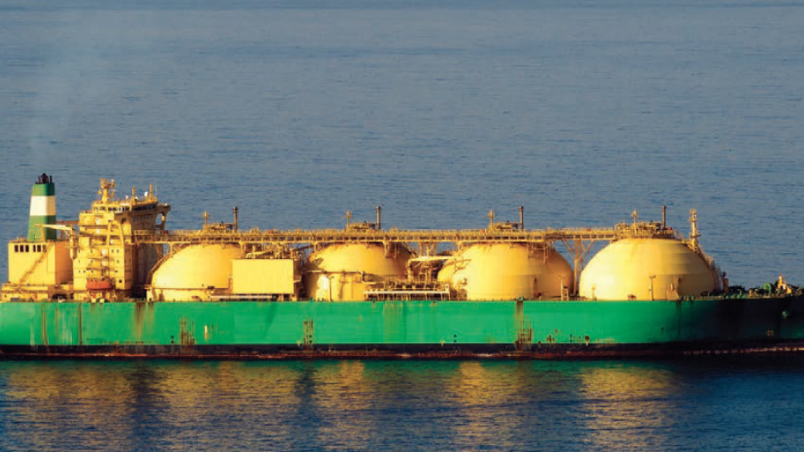Asian countries, particularly China, want more liquefied gas. They just don’t want to pay for it – not up front, at least.
That is the quandary faced by companies like Royal Dutch Shell, which hopes to invest in new LNG plants, including the LNG Canada project, in which is it the lead partner in a consortium that includes PetroChina, KOGAS and Mitsubishi.
In its recent LNG Outlook 2018, Shell points out that the demand for LNG is growing faster than expected and forecasts a supply shortage by the mid-2020s.
The report follows on the heels of a new Energy Information Administration (EIA) brief that confirms China surpassed South Korea last year to become the world’s second largest LNG importer, behind Japan. Its appetite for LNG is only expected to grow.
LNG projects around the world were put on the back burner in recent years thanks to a sharp drop in oil prices, and new supplies of LNG coming onto the market, mainly from Australia and, more recently, the U.S.
Analysts predicted that new LNG supplies coming online would create a temporary glut. But Shell’s latest outlook suggests Asian buyers are absorbing new supplies of LNG as soon as they come onto the market.
“Based on current demand projections, Shell sees potential for a supply shortage developing in mid-2020s, unless new LNG production project commitments are made soon,” the company said in a press release February 26.
So what’s the holdup? If Shell thinks the market is ripe for new LNG supplies, why is the company and its partners taking so long to make a final investment decision on its LNG Canada project in Kitimat?
As the Shell outlook points out, the attitude of Asian buyers have changed. Whereas they used to be prepared to sign long-term contracts – usually indexed to oil prices – more and more Asian buyers now want more flexibility, both in the length of their contracts and in the prices they pay.
They look to cheap North American gas prices and expect to pay lower prices than they have in the past.
But without long-term commitments at fixed prices, companies are not prepared to borrow the billions necessary to build new LNG projects.
“Most suppliers still seek long-term LNG sales to secure financing,” Shell says in its recent outlook. “But LNG buyers increasingly want shorter, smaller and more flexible contracts so they can better compete in their own downstream power and gas markets.
“This mismatch needs to be resolved to enable LNG project developers to make final investment decisions that are needed to ensure there is enough future supply of this cleaner-burning fuel for the world economy.”
“Importers want to decouple themselves and delink themselves from the long-term contracts, particularly those ones tied to oil,” said Jihad Traya manager of natural gas consulting at Solomon Associates. “And LNG sellers are saying, ‘Hey wait – it takes me 25 years to pay this damned thing off. I need some certainty.’”
Under pressure to deliver LNG at lower prices tied more to spot prices, the only option for would-be LNG developers is to try to get their costs down, and in B.C. the single largest outstanding issue now is getting assurances from government that it won’t face unreasonable changes on things like taxation.
“If you have appropriate fiscal certainty that is competitive with the rest of the world, then you have a project,” Traya said.
Shell has stated it hopes to make a final investment decision on the LNG Canada project sometime this year, and the NDP government has stated it supports the project. Green Party Leader Andrew Weaver has vowed to bring the government down if it continues to court an LNG industry.



